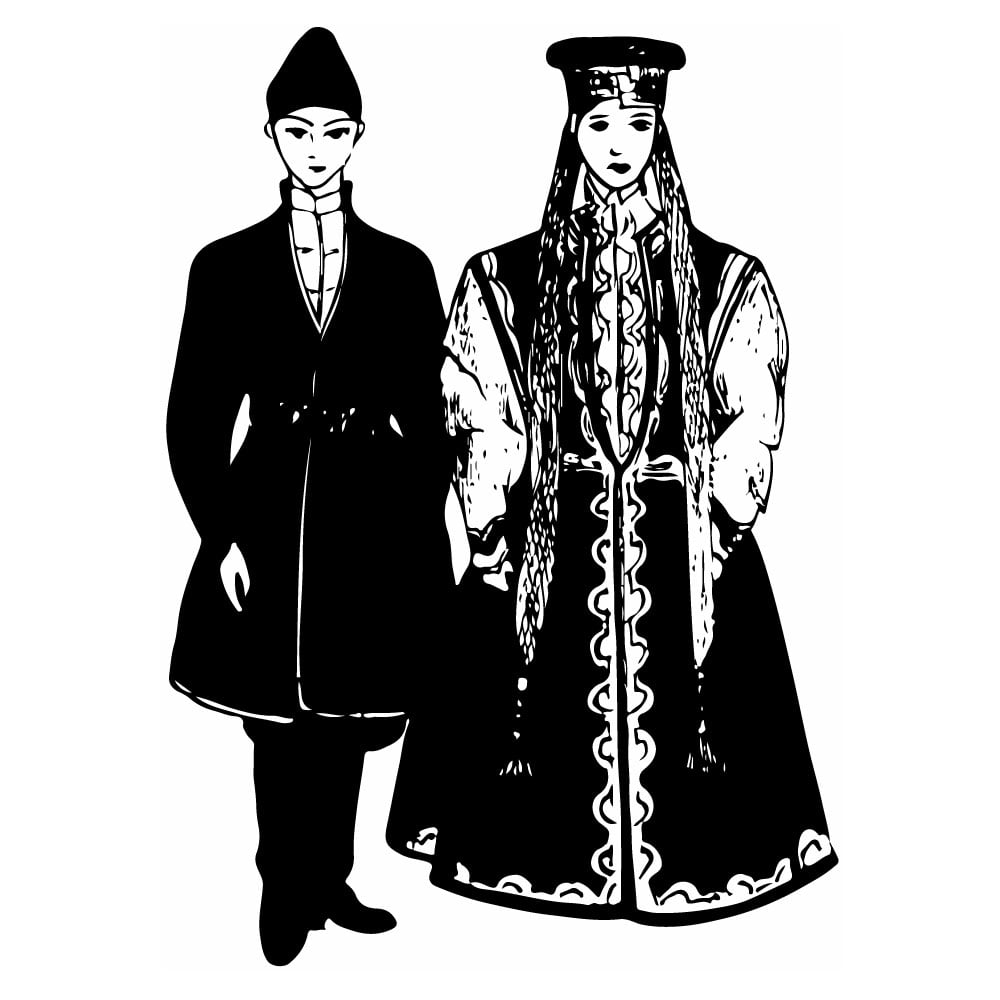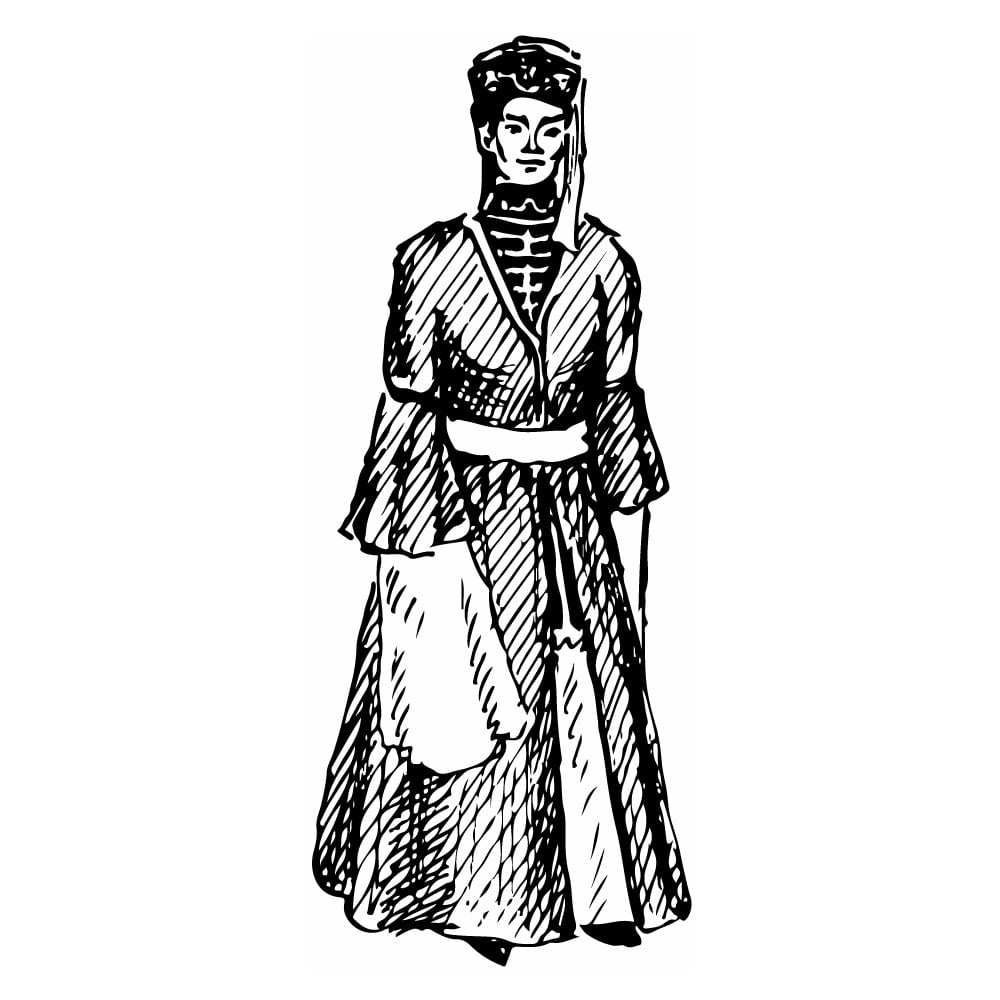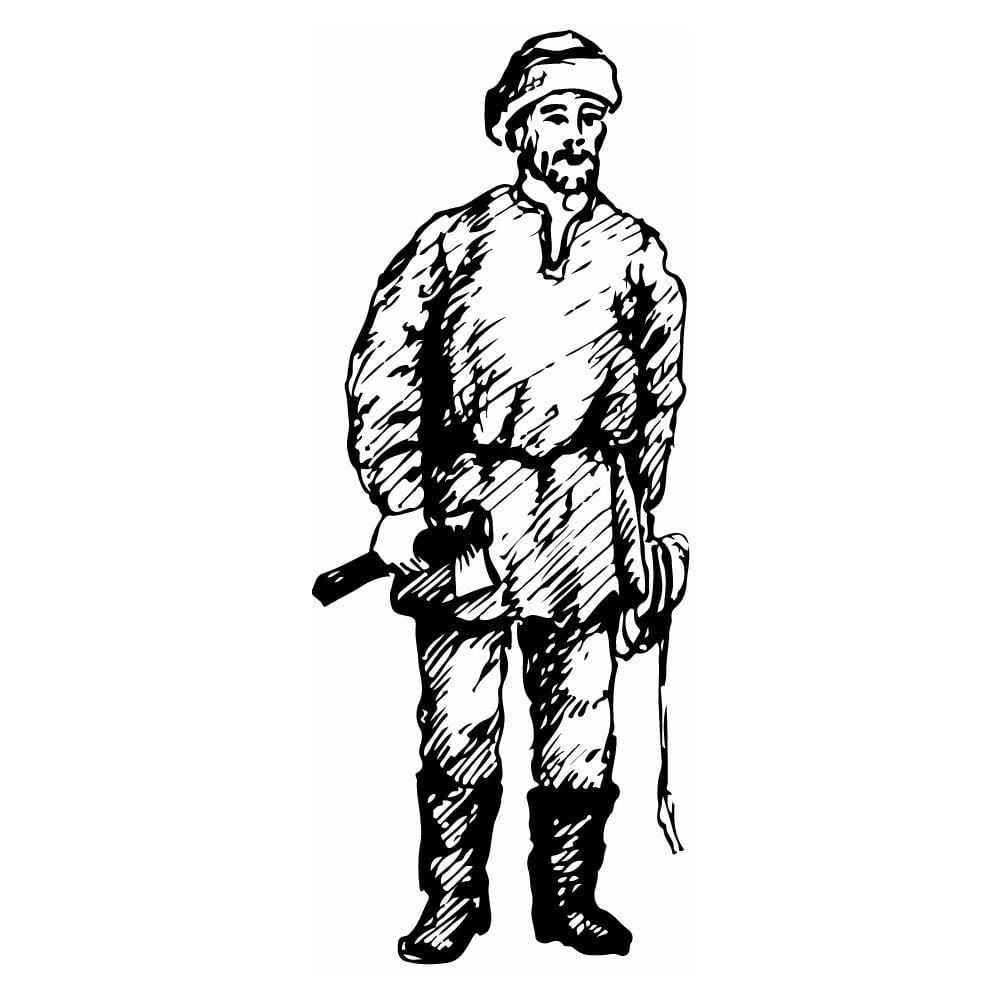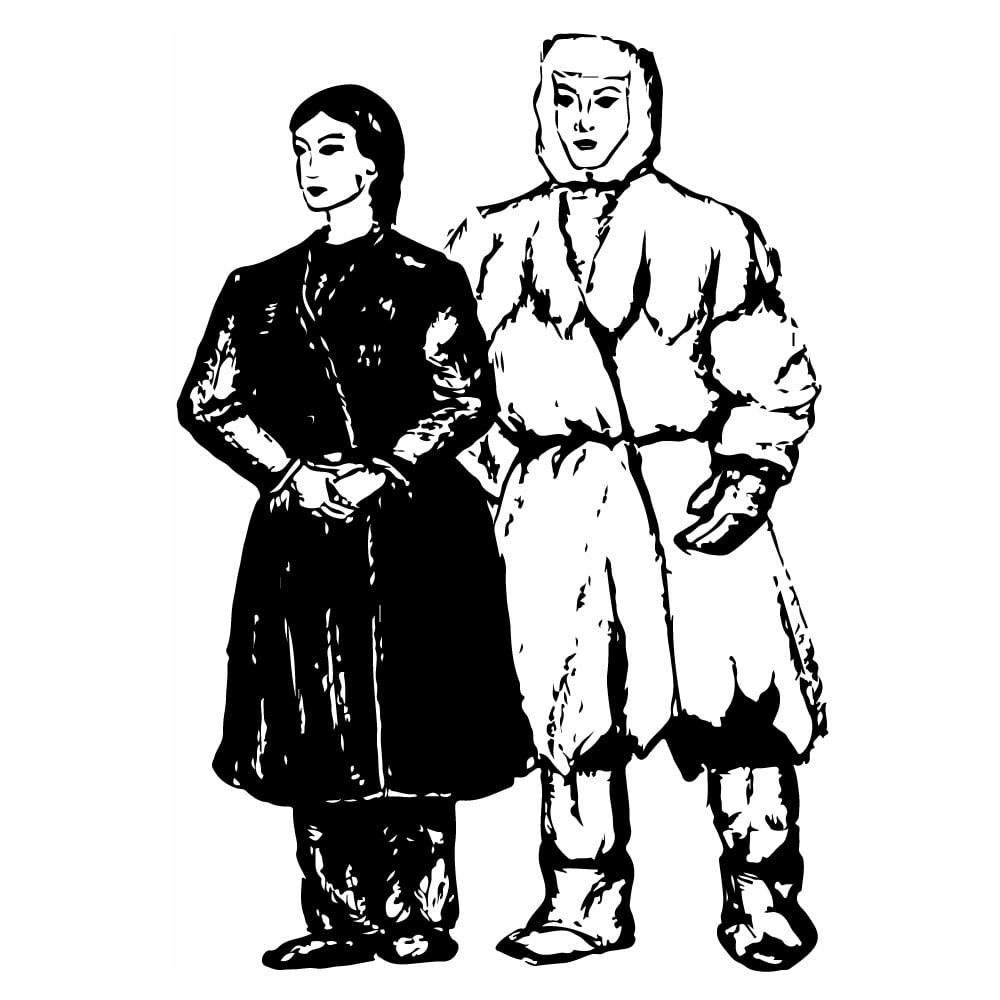Izhora
| Language group | Finno-Ugrian |
| Language | Izhora |
| Region | Some districts of Leningrad region |
| Religion | Christianity/Orthodox |
*Population estimates for 1994
The Izhora are not a numerous people. They live in Lomonosov and Kingisepsk districts of Leningrad region. On the verge of the first and second millennia AD, a branch of the Karelian tribes known as the Izhora invaded the Izhora River basin.
The Izhora were a part of the Novgorod state. Originally the Izhora Lands embraced the territories stretching from Lake Ladoga to the Neva river. But the Izhora persistently penetrated further westward to the southern bank of the Gulf of Finland, and settled there. At that time, the concept of the Izhora Lands took a wider meaning, and in the seventeenth century it meant all the territory from the Neva to Narva rivers. The territories inhabited by the Izhora became an administrative unit of the Novgorod state.
Common religious beliefs undoubtedly favored the development of closer ties between the Izhora and Slavs. One can not tell the exact date when the Izhora were converted into Christianity. There are hypotheses that it happened after their territories were inhabited by the Novgorod Russian population. Apparently, Christianity did not spread very well and perhaps some pagan beliefs still existed side by side with Christianity. Christian ideas failed to supplant the traditional creeds right away, and the fact that the conversion was done by force accounts for that. Numerous pre-Christian beliefs are reported to have survived up to the eighteenth and nineteenth centuries.
After the Great October Socialist Revolution (1917) schools in Russian and Izhora languages were opened. However, the Izhora schools did not operate for a long time because parents preferred to have their children being taught in Russian. The fact that the children knew Russian facilitated their further education.
At the beginning of the twentieth century the Izhora still had their native language and some specific traits of their culture (clothes, food, housing, etc.). Today they speak only Russian, and very few elderly people speak old Izhora language.
Agriculture has been the traditional occupation of the Izhora. The land here is barren and peasants had to find other means of living. They were skillful fishermen and handicraftsmen, such as carpenters and stove-setters who knew their business well. At present, the Izhora work primarily in agriculture and sometimes in industry.
Today, the Izhora dress exactly like the neighboring Russian collective farmers. As far as the traditional men’s clothes are concerned, here one may quote Cetreus, the local pastor who wrote in 1802 that the men were dressed exactly like Russians and Finns. A shirt made of canvas was the main item of the women’s dress. It was wide and had very long sleeves. The chest and the upper parts of the sleeves were embroidered. They also used various necklaces for decoration.
Musical traditions were particularly strong with the Izhora. Ladies and young girls often composed songs. The Izhora believers are Orthodox.
This is Ad 1





























